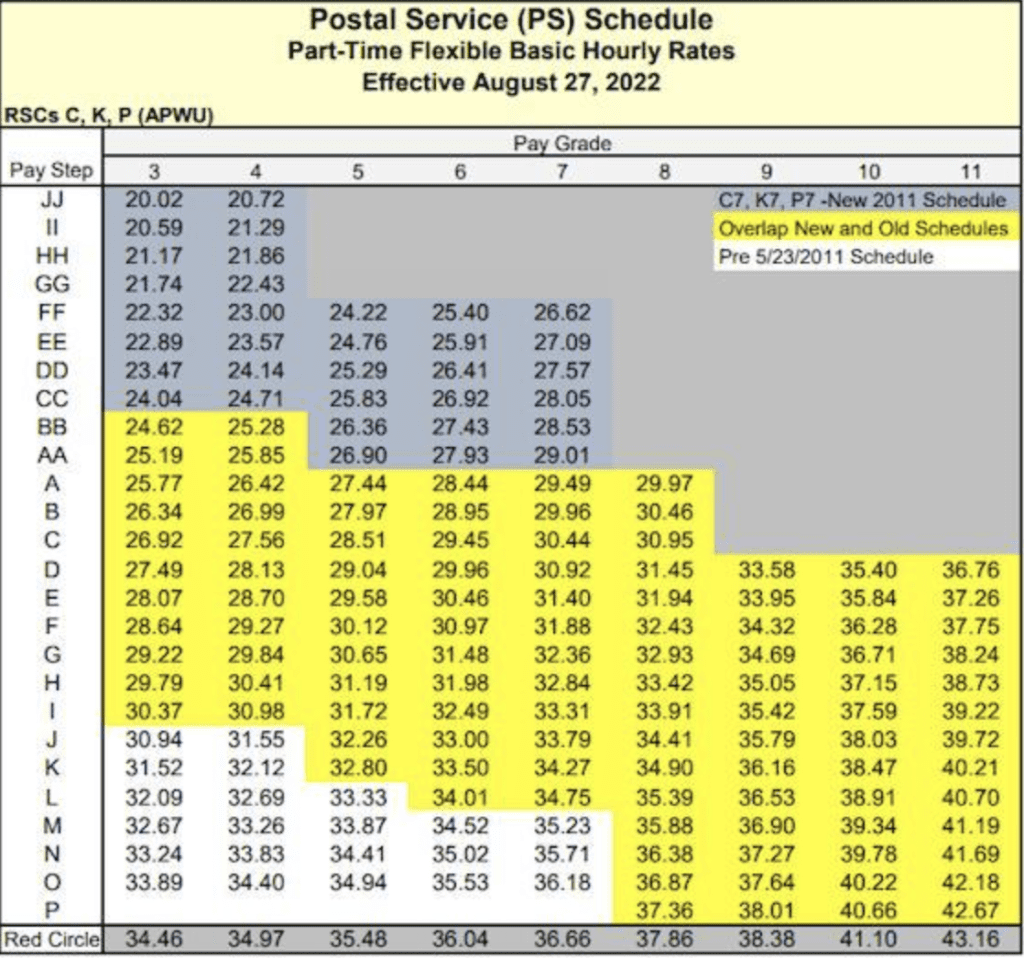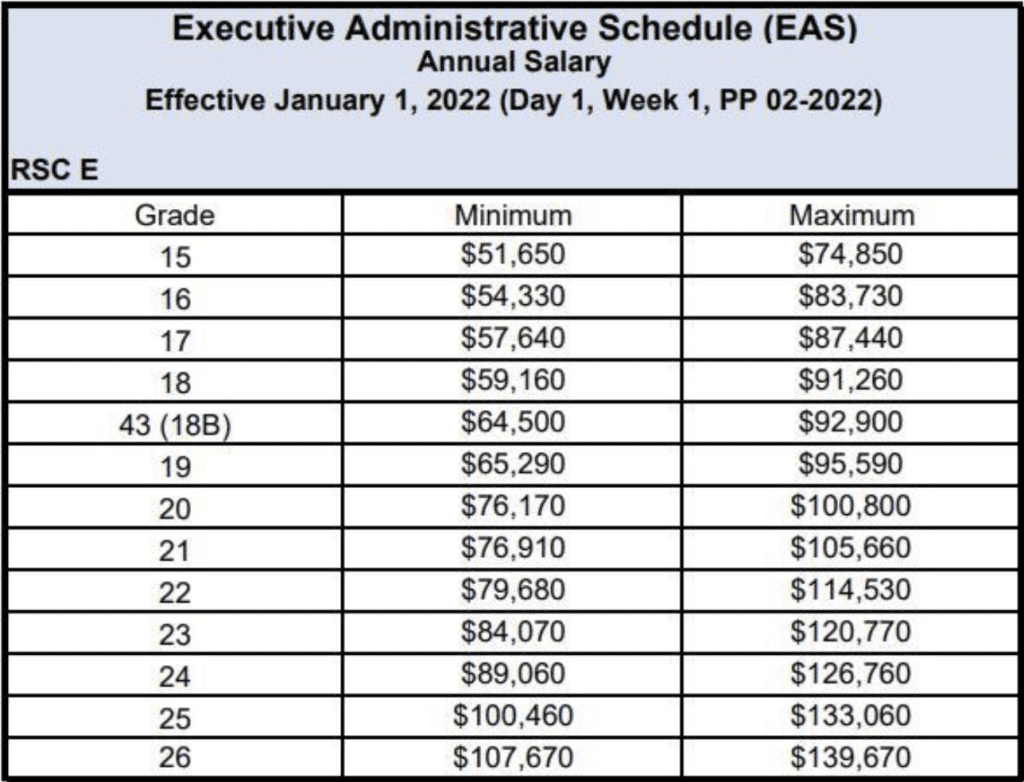As a mailman, you provide an essential service to communities nationwide. However, you may wonder about the financial compensation for such an important job. While mail carriers do not receive extravagant salaries, the pay and benefits can provide a comfortable living. According to recent data from the U.S. Bureau of Labor Statistics, the median pay for mailmen in the United States is over $30 per hour or about $58,000 annually. The salary depends on location, experience, education, and job responsibilities.
Compared to roles like an electrician or a plumber, being a mailman presents unique challenges and rewards. Each profession contributes significantly to community well-being, whether you’re a truck driver navigating roads or a pet groomer providing essential care.
Table of Contents
ToggleHow Much Do Mailmen Make?
There are stories of USPS workers making over 90K back in 2021, and just recently, it’s been announced that full-time USPS drivers could, on average, make $170,000 per year. With all this said, making $170,000 is not the norm for most mailmen, and a mailman’s salary will vary based on numerous factors such as location, experience, and education. For those interested in optimizing their postal service career, the book Post Office Jobs provides essential information.
With all of these massive salaries discussed above, let’s get into the true figures that most mailmen will make in a year, and how the US Postal Service offers a variety of career opportunities beyond just mailman:
Processing and Distribution Center Clerks
- PDC clerks sort and distribute mail for a designated region. They operate automated mail sorting equipment and manually sort letters and parcels. PDC clerks typically work in large postal facilities and earn between $17 to $29 per hour.

City Carrier Assistants
- CCAs deliver and collect mail on foot or by vehicle under varying road and weather conditions. CCAs earn $17 to $19 per hour and have opportunities to become career employees. The job requires sorting mail, loading vehicles, and walking or driving to deliver and pick up mail.
Rural Mailmen and Rural Mailmen Associates
- Rural carriers deliver mail in less populated areas, often driving long distances. They earn $19 to $30 per hour. RCAs assist rural carriers and earn $18 per hour. Both roles require driving, loading and unloading vehicles, and sorting mail.
Mail Handlers and Processing Clerks
- These roles involve unloading trucks, moving heavy containers, and processing incoming and outgoing mail and parcels. Pay ranges from $16 to $28 per hour. Physical ability and endurance are required to move large mail volumes in a fast-paced environment.
How Much Does a Mail Carrier Make?
As a USPS mail carrier, your salary will depend on your experience level and job responsibilities. According to the Bureau of Labor Statistics, the median pay for mailmen in the U.S. is around $41,000 annually. Actual wages may be higher or lower in some areas of the country, depending on the local cost of living.

City Carrier Assistants
- Entry-level city carrier assistants start at $16.55 per hour. CCAs are non-career employees who assist regular carriers in delivering mail. After two years of satisfactory service, CCAs can become career employees as city carriers.
City Carriers
- Career city carriers make between $38,000 to $57,000 per year. The average city carrier salary is $51,000. City carriers deliver and collect mail on foot or using vehicles in urban and suburban areas. Pay increases with years of experience and cost of living adjustments.
Rural Mailmen or Carriers

- Rural carriers earn between $40,000 to $58,000 annually. The average salary for a rural carrier is $49,000. Rural carriers deliver mail in less populated rural areas, often driving their vehicles. Like city carriers, pay for rural carriers increases over time based on experience and cost of living adjustments.
In addition to base pay, mailmen receive federal benefits like health insurance, paid time off, and a pension. They are also eligible for overtime pay, night shift differential pay, and holiday pay. Many carriers are members of the National Association of Letter Carriers, a labor union that negotiates wages and working conditions.
Factors That Determine a Mailman Salary
As a mail carrier, your pay will depend on several key factors. Most mail carriers in the U.S. work for the United States Postal Service (USPS). According to the USPS, the average pay for mail carriers in 2021 is $41,462 annually. However, your actual salary may be higher or lower based on the following determinants:
Location
- Pay tends to be higher in areas with a higher cost of living. Mail carriers in Hawaii and Alaska earn the highest wages, while those in non-metropolitan areas typically earn less. The specific city and state in which you work can impact your pay.

Experience
- As with most careers, mailmen can earn higher pay as they gain experience. According to the Bureau of Labor Statistics, the median pay for mail carriers with less than five years of experience is $38,000, while those with 20+ years of experience earn a median salary of $57,000.
Education
- While a high school diploma is a minimum requirement, completing further education or training can increase your pay. For example, mail carriers with an associate’s degree earn a median salary of $44,000, higher than the $41,000 median pay for those with just a high school diploma.
Type of Route
- The specific route you deliver mail on also influences your wages. Routes requiring long distances generally pay less than those with mostly driving and limited walking. Carriers on routes in business districts and densely populated areas also typically earn higher pay.
Overtime and Bonuses
- Mail carriers often have opportunities to earn overtime pay, bonuses, and other incentives that can significantly increase their total compensation. Working overtime hours, especially during busy seasons, is common for many mail carriers. Some are also eligible for bonuses based on performance and safe driving records.
Working as a Mailman for the US Postal Service:
An Overview
As an employee of the US Postal Service, you will have the important job of delivering mail and parcels to residences and businesses. The USPS has over 600,000 career employees and is an independent agency of the federal government.
To become a mail carrier, you must be 18, have a high school diploma, pass a background check and medical assessment, and complete on-the-job training. Newly hired mail carriers begin as casual or part-time employees before becoming full-time career employees. Career mailmen receive government benefits like health insurance and paid time off.
Typical Duties of a Mail Carrier

- Sorting and organizing mail for their assigned delivery route. This includes letters, flats (magazines), and packages.
- Loading their delivery vehicle with the mail and packages for their route. Most mail carriers drive modified minivans or small trucks.
- Delivering mail and packages may require walking many miles per day. Mail carriers follow a set route schedule and must deliver mail efficiently.
- Picking up outgoing mail from homes and businesses along their route.
- Answering questions from customers and handling issues like redeliveries or forwarding mail. Strong communication skills are important.
Career Growth as a Mail Carrier in the US Postal Service

As a mail carrier with the US Postal Service, there are several career growth opportunities. After a probationary period of 90 days, you become a career employee with benefits and greater job security. From there, you can pursue higher pay and increased responsibility over time.
To move up to a Lead Mail Processing Clerk or a City Carrier Assistant Supervisor role, you typically need at least two years of experience as a City Carrier Assistant. These leadership positions oversee the daily activities of other mail carriers and clerks. To become a Postmaster, the highest role in a post office, you need at least 3 years of experience. Postmasters manage all operations and employees in a post office.
Advancement Opportunities and Continuous Learning at USPS
You can also advance to driving larger mail transport vehicles, like tractors and trucks. Tractor-Trailer Operators, also known as Long-Haul Drivers, transport mail between post offices, distribution centers, and airports. They need a commercial driver’s license (CDL) and on-the-job training. With more experience, Tractor-Trailer Operators can become Transportation Supervisors who oversee scheduling, routes, and vehicle maintenance.

Continuous learning and professional development are emphasized at the USPS. They provide training programs on safety, technical skills, and leadership. Mailmen and clerks can take courses on their initiative to strengthen their knowledge in areas like:
- Advanced letter sorting and barcode scanning
- Hazmat and self-defense certification
- New automated equipment and software
Long-Term Mailmen Benefits
Long-term, dedicated employees are rewarded. After 20 years of service, you earn five weeks of paid vacation per year. And after 30-35 years, you can retire with a pension, health insurance, and other benefits.
Final Thoughts on How Much Does a Mailman Make
So there you have it. As you can see, while mailmen earn a living wage and receive good benefits, the job is less lucrative than you may have thought. However, mail delivery can be appealing for those seeking a stable career with a predictable schedule. The job growth in this field also provides opportunities for career advancement over time. If you’re looking for a job that provides a sense of service to your community while offering security, becoming a mail carrier could be the right choice. With hard work and dedication, you’ll deliver not just mail but moments of connection between friends, family, and businesses in your city or town.





